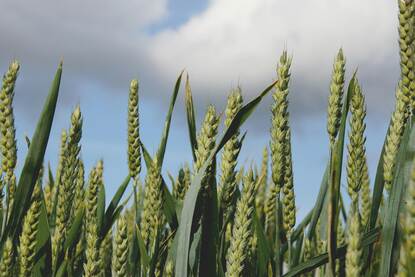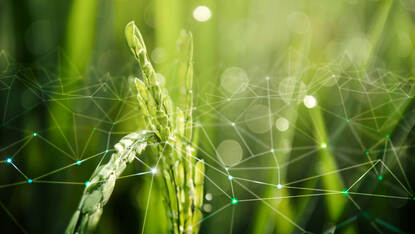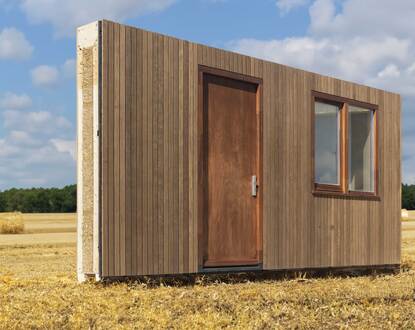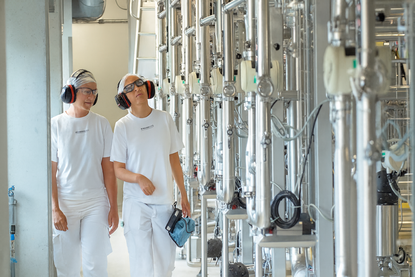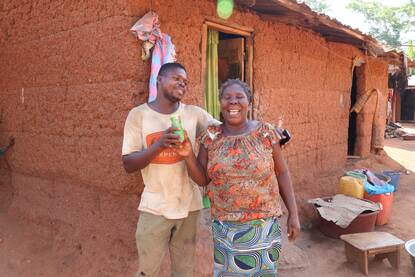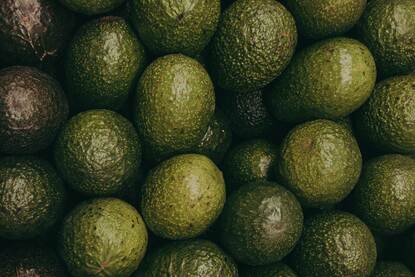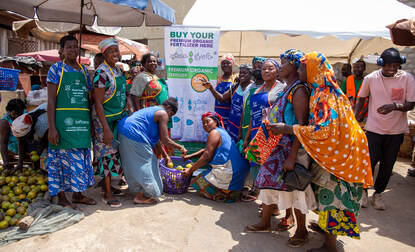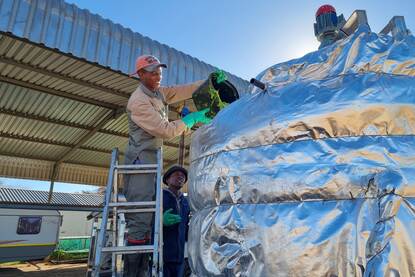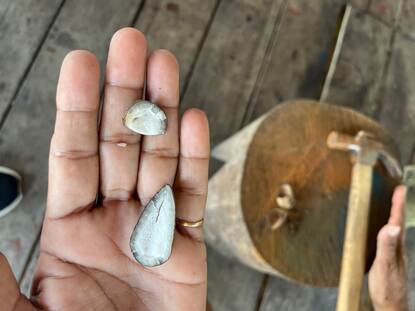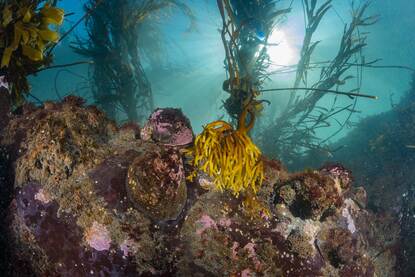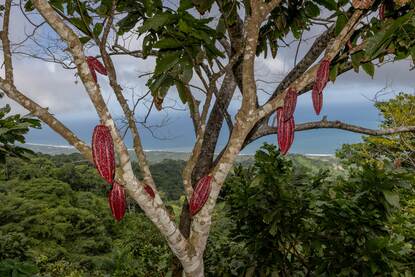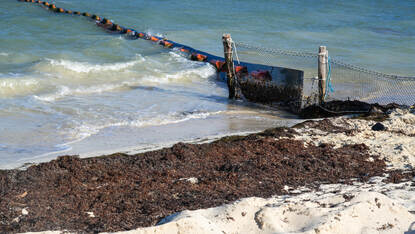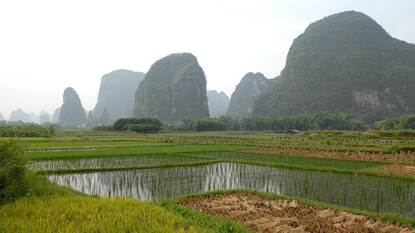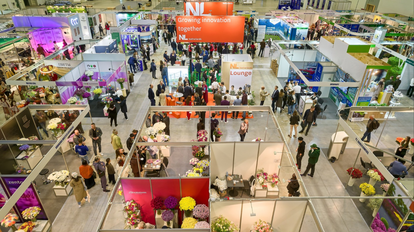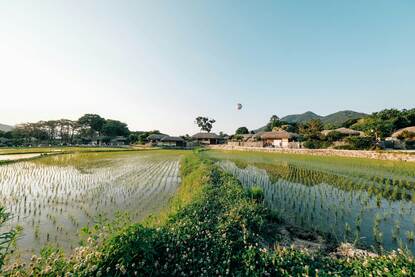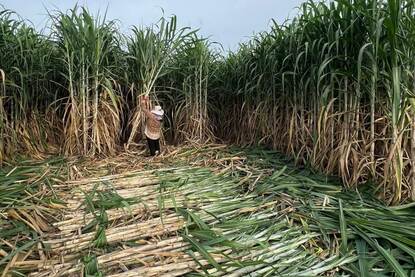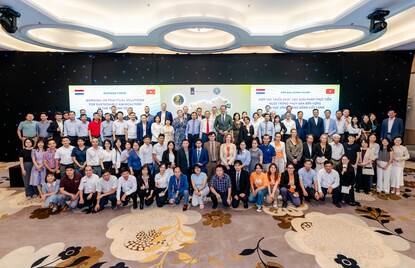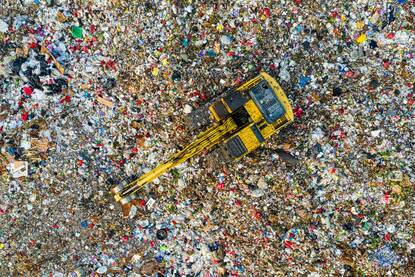Foto Source: Pexels
A thriving bioeconomy is essential for achieving a climate-neutral, resource-efficient, and resilient Europe. The Dutch government supports a circular, regenerative, and competitive bioeconomy. It offers pathways to reduce dependency on fossil resources, strengthen strategic autonomy, and create sustainable growth opportunities for farmers, industries, and society as a whole.
The national vision for biotechnology and announced strategy for bio-based resources underline the need to accelerate this transition. The bioeconomy not only contributes to decarbonization, but also helps diversify agriculture, safeguard food security, and develop innovative solutions for pressing environmental and economic challenges. Coordinated international and European action can contribute to realizing this potential.
Creating markets
In accordance with the governments’ input for the EU call for evidence for the initiative ‘Towards a Circular, Regenerative and Competitive Bioeconomy’ we see three priorities.
First, Europe must create and protect lead markets for bio-based products. Clear market signals, stable demand, and harmonized sustainability criteria are indispensable to ensure that scarce biomass is applied according to the cascading principle, prioritizing high-value applications.
Regulatory consistency as well as safe and sustainable design approaches will further enable innovation and a level playing field with fossil and recycled alternatives.
Empowering producers
Second, primary producers and industries must be empowered. Farmers are at the foundation of the bioeconomy and need fair conditions across the European Union. At the same time, strategic sectors such as chemicals, health, energy, and agri-food depend on scaling biotechnological innovation.
Europe should facilitate proportional, predictable, and future-proof regulation to ensure that investments in biorefineries, biotechnology, and sustainable materials can flourish. This will strengthen competitiveness while upholding safety and sustainability.
Increasing sustainable biomass
Third, sustainable biomass availability must increase. This requires an integrated approach: prioritizing high-value applications, phasing out low-value uses, and exploring synergies with soil health, biodiversity, and climate adaptation.
Both land-based and water-based biomass sources should be mobilized responsibly. Food security remains paramount, but there is also room for sustainable use of crops for innovative materials, provided cultivation respects ecological boundaries and sustainability standards.
Climate, innovation, and prosperity
To summarize, advancing the bioeconomy is not only a necessity for climate neutrality, but also an opportunity for innovation, resilience, and prosperity. By aligning policies, fostering market demand, and ensuring sustainability throughout the value chain, European countries and the EU as a whole can lead the way towards a future-proof economy that is both competitive and regenerative.
The valuable insights and best practices from the Netherlands Agricultural Network working at Dutch Embassies abroad — representing the Ministry of Agriculture, Fisheries, Food Security and Nature — are indispensable for this transition.
Enjoy your reading!
Roald Lapperre
Secretary-General
Ministry of Agriculture, Fisheries, Food Security and Nature
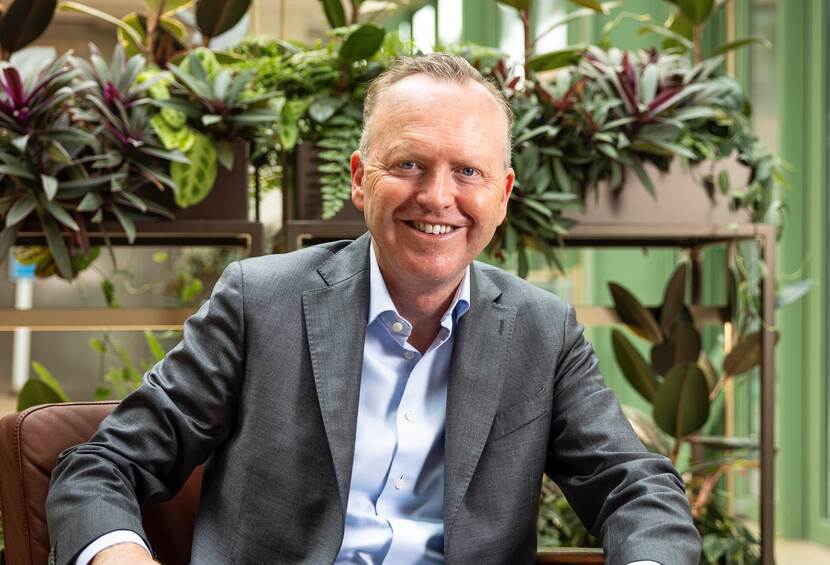
Reading guide
- This magazine starts with different points of view from the Dutch public, private and not-for-profit domain
- It also includes several articles about specific countries structured by continent (Europe, Africa, Americas, Asia and Middle East)
- Through the drop-down menu at the top left, you will find all the articles
- Once you have opened and read an article, you can use the scroll bar on the right or left side of the screen or swipe up and down on your mobile device to navigate through the content


